Plastics and Resins

The manufacturing of synthetic polymers such as ABS, PS and PVC for tubing, cables, containers, bottles, fuel tanks along with films and coatings entails the production of potentially hazardous resin / plastic dusts that must be isolated, enclosed with LEV or the processes re-engineered to ensure a safe and healthy work environment.
Synthetic polymers
Plastics are synthetic polymers that originally come from petrochemical compounds such as vinyl chloride, styrene and acrylonitrile. These raw materials are sent to resin producers to be processed into final polymer products such as polyvinyl chloride (PVC), polystyrene (PS) and acrylonitrile-butadiene-styrene (ABS).
In polymer manufacture, we blend plasticizers, fire retardants, other additives (such as stabilizers) and fillers (typically a mineral ore powder, or perhaps an organic or metal-based particulate) into the resin matrix. With heat and pressure, the resin mixture is transformed into a variety of plastic products. These include tubing, wire, cable and sheets (extrusion), containers (compression molding), preforms and caps (injection molding), bottles and fuel tanks (blow molding) as well as sheets, films and coatings (calendering).
We are principally concerned with plastic / resin dust and powder.
Common processes / sources and hazards
Handling, conveying and processing
Plastic / resin dust is formed when plastics are handled, conveyed or processed. It is commonly generated during the pneumatic conveying of plastic pellets (by abrasion against the walls of the conduits as well as collisions among the pellets). In addition to conveying, plastic dust may be generated when plastic raw materials or finished products are granulated, pelletized, cut, machined, drilled, filed, sanded or transported.
Powder leakage from equipment
Plastic / resin powder is used where fine particle sizes are critical for processing. The material may escape plastic processing equipment and, as such, handling, containment and recovery are similar to plastic dust collection. Powders leak from storage silos, tanks and containers, pneumatic or mechanical conveyors, blenders, or during load/unload operations.
Material composition - Processing method
Plastics / resins vary as a function of their material composition as well as the method used to generate the dust or powder, which we may identify as a source. Understanding each process is the key to the identification of different sources. This can foster the development of new or revised techniques that reduce the number or size of sources, and contaminant clouds.
Airborne contaminant clouds - Dust-laden surfaces
For example, local exhaust ventilation (LEV) should match the process, that is, cover calendering, conveying, cutting and machining operations with suitable air flow to extract contaminant-laden air. In other situations, compressed air used to clean contaminated clothes, surfaces or components produce airborne contaminant clouds that are difficult to control, let alone capture. Also, bagged material stacking on dust-laden surfaces not only contaminate worker clothing, but generate dust clouds. All these situations illustrate the need to better understand the processes that underlie plastic / resin dust and powder generation and their propagation to the surrounding environment.
Hazards
The work environment in a factory may be potentially contaminated by residual petrochemical compounds, polymers, and various additives including plasticizers, stabilizers, pigments/colorants, flame retardants, activators, lubricants and fillers. Fifteen substances used in plastics production have been identified as carcinogenic and/or mutagenic including polyvinyl chloride (PVC), styrene-acrylonitrile, and acrylonitrile-butadiene-styrene (ABS). Prolonged or repeated exposure and inhalation of airborne contaminants has short and long term effects on worker health.
PARTICIPATE IN A LUNCH AND LEARN OFFERED BY AIREX INDUSTRIES
SUBSCRIBE NOW
![]()
Risk Prevention
Local exhaust ventilation (LEV)
The most effective method is to control the hazard at source. This can be achieved by appropriate substitutions with less hazardous substances, isolating the hazards or enclosing hazardous processes or re-engineering processes that will eliminate the hazardous steps in the production process.
Local exhaust ventilation (LEV) installed at source interrupts hazardous fume and particulate flow by extraction before it reaches the worker. Properly designed and maintained LEVs are an effective means of controlling exposures.
Control of fire / explosion hazards
Plastic / epoxy resin dust and powder are combustible and explosive. The dust explosions may be triggered by many sources such as a spark, static electricity, friction or glowing materials. Typically, the first or primary explosion disturbs built-up combustible dust on surrounding surfaces. Then this dust ignites in a secondary explosion often more powerful and devastating than the initial explosion. To minimize the risk of fire, explosion, loss of life or damage to property, dust collection systems require sprinklers and explosion-proof devices / venting in accordance with the ATEX 2014/34/EU equipment directive (Europe), or the HAZLOC (North America) standard and the NFPA 664 code.
Dust collector design
Dust collection solutions may require special options or accessories to improve their safety and reliability. Cyclone collectors are appropriate when used as the primary filter for large particulate or as a pre-filter in cartridge collectors that handle a wide range of particulate matter. Most production plastic / resin forming, cutting and machining operations would benefit from properly configured cartridge dust collectors and baghouses.
When handling combustible dust, we recommend that dust collection units be located outdoors and protected pursuant to NFPA regulations and where necessary with chemically treated fire retardant cartridge filters. Wide-pleated filters satisfy the needs of processes generating large particulate.
Certain plastic / resin processes may require gas adsorption and chemical treatment. In other cases, there are processes that do not lend themselves to treatment: these will require air-borne contaminant and fume evacuation with fresh air make-up.
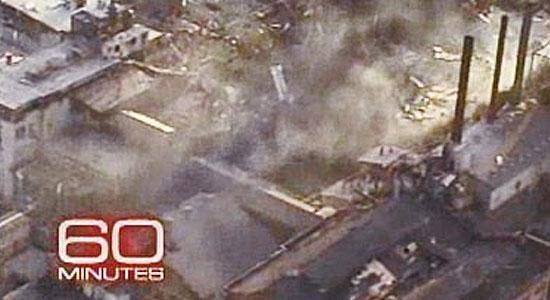
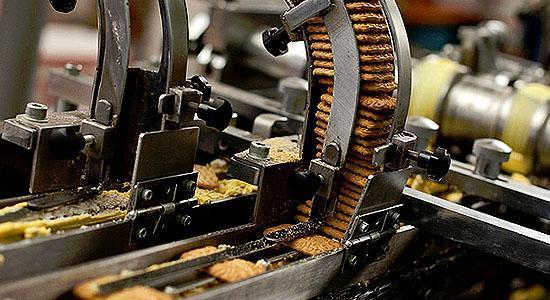
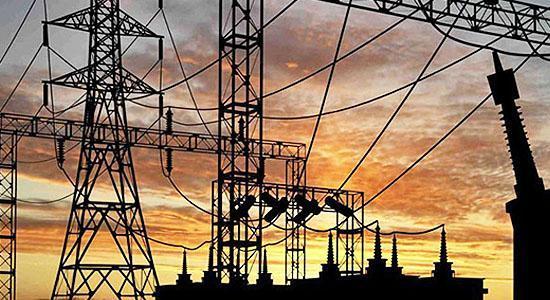
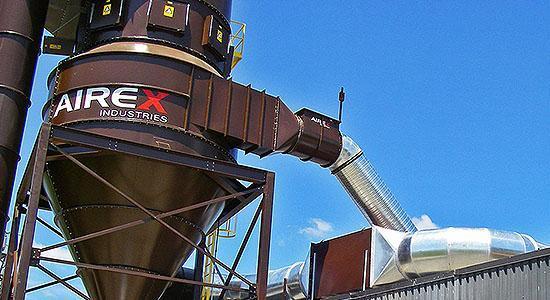
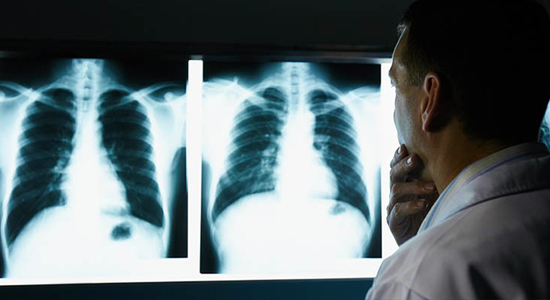
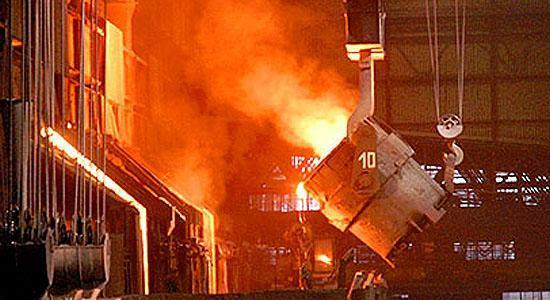
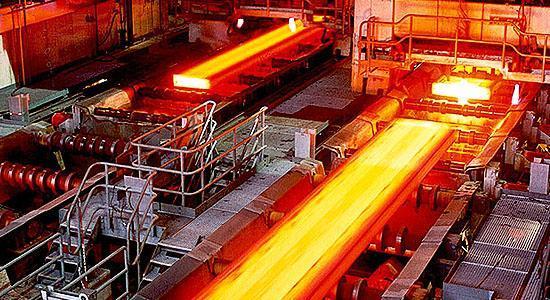
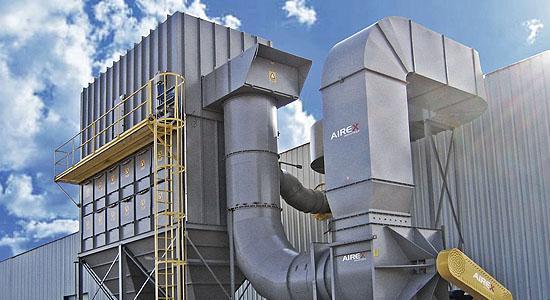
 Not sure what product fits your needs, or you looking for advice about the best solution for your problem?
Not sure what product fits your needs, or you looking for advice about the best solution for your problem?